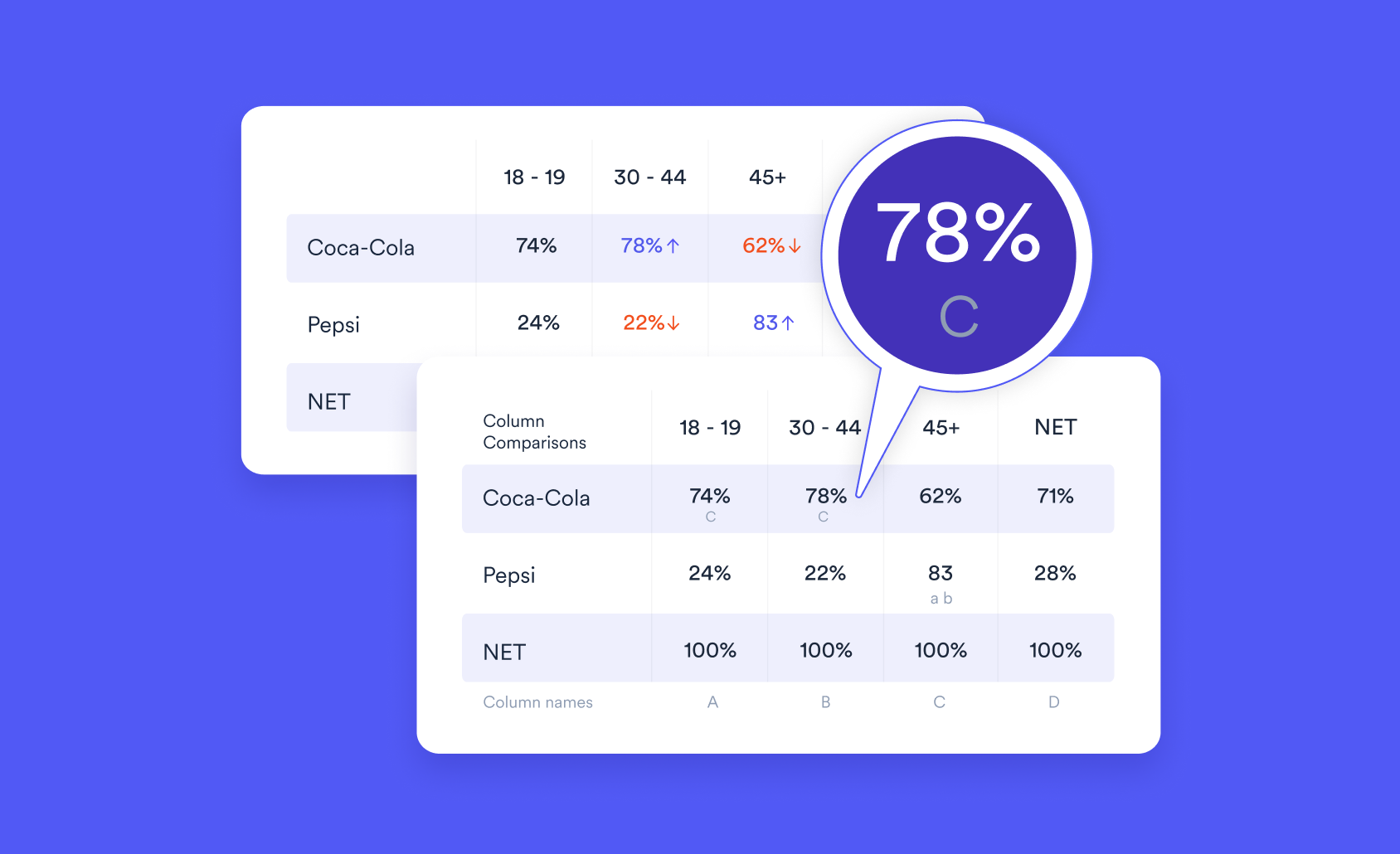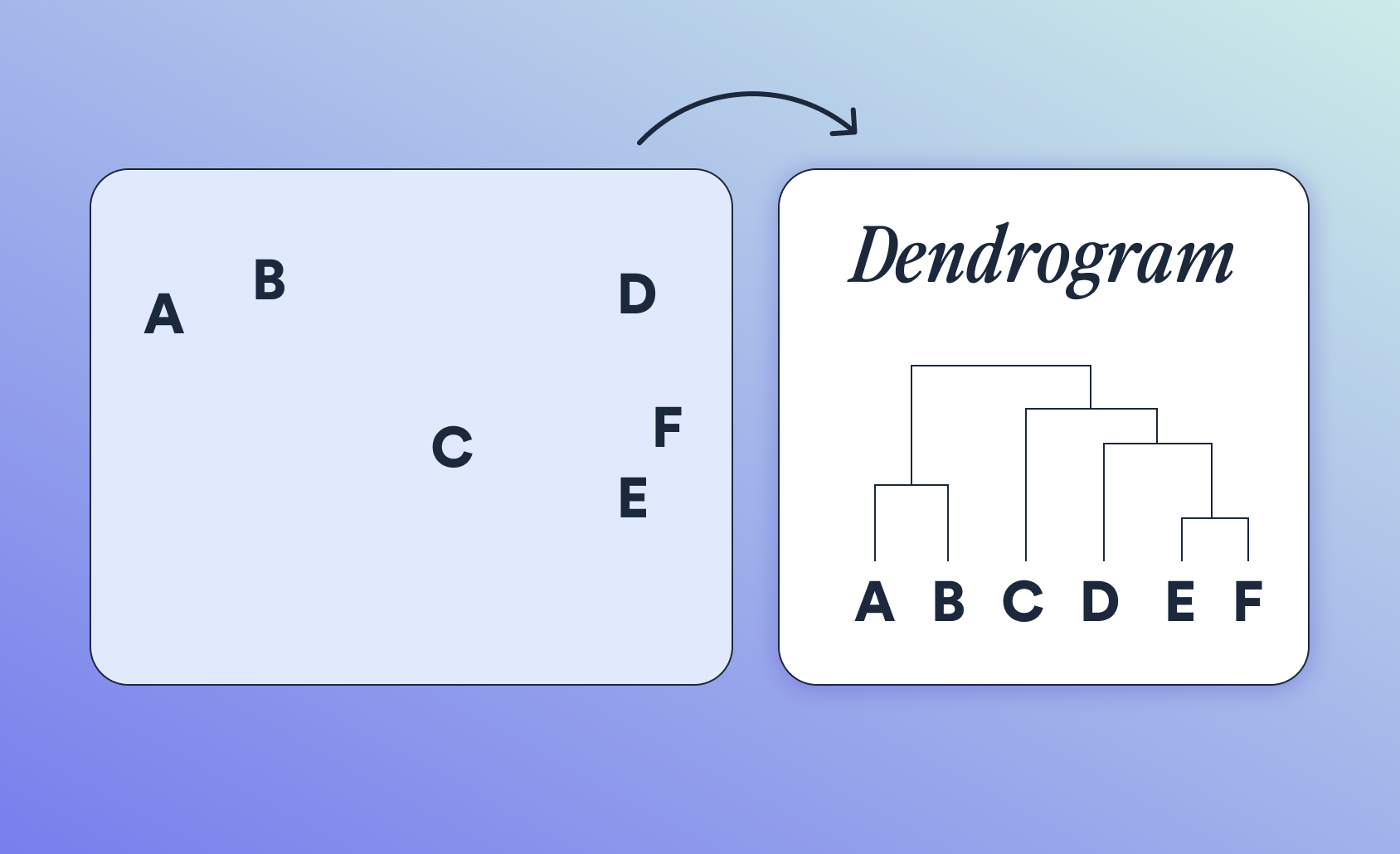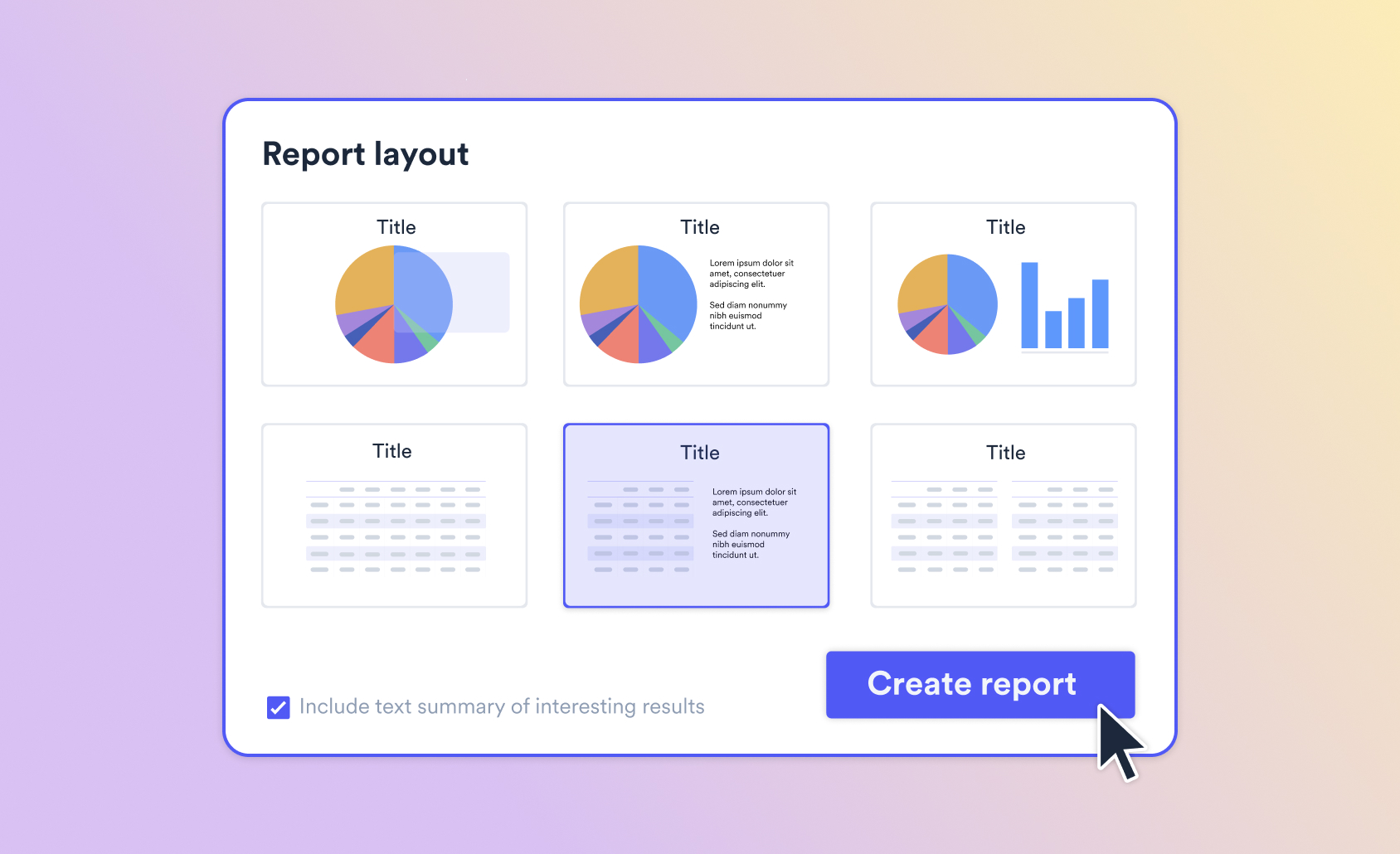

An operational segmentation is a market segmentation that is integrated into the day-to-day running of a business and which guides operational decisions, such as how each and every customer and potential customer is greeted, which customers are given which offers, and what price they are offered. The alternative to an operational segmentation is an inspirational segmentation, which has the goal of helping people develop strategies (e.g., plan new products).
Download your free DIY Market Segmentation ebook
The key technical distinction between operational and inspirational segmentation relates to how individuals are allocated to segments when they interact with an organization. When an inspirational segmentation has been conducted, people see the results of the segmentation. Most commonly as either new products or marketing communications. Usually, the result is an increase in choice. For example, the choice between Coke, Diet Coke, Coke Zero and Fanta. In an operational segmentation, people are placed in a segment. It is not their choice.
Any organization that restricts access to some of its offers to different groups of customers is employing an operational segmentation. For example, organizations that employ highly targeted advertising (e.g., only advertising in magazines read by young women) use operational segmentation. So do firms that send special offers via direct marketing to a subset of its customers.
Examples of operational segmentation
Historically, Dell Computers required consumers to indicate whether they were in the Home & Home Office, Small Business, Medium & Large Business, State & Local Government, Federal Government, Education or Healthcare segments. Different segments received different levels of sales support, different prices and were even directed towards different products. People in these segments had no choice about which segment they were in. If you were allocated to the Home & Home Office segment, you did not have access to the offers developed for the Federal Government segment.
Airlines also employ operational segmentations via their frequent flyer programs. Customers in higher tiers receiving “better” products, and customers in lower tiers less attractive products.
Example of an inspirational segmentation
The classic example of inspirational segmentation is Russell Haley’s segmentation of the market for toothpaste (see What is Market Segmentation Research). He identified four segments: the Worriers, who want to stop decay, the Sociables who want to attract attention, the Sensories who are motivated by flavors, and the Independents who are motivated by price. While the segments can be used to inspire product development and communication, there is no way for a company to work out to which segment each of its customers and potential customers belong.
Mixtures of Operational and Inspirational Segmentation
Organizations usually employ a mixture of overlapping operational and inspirational segmentations. For example, most firms break up the world into different territories, focusing either on a subset of territories or offering different products to different territories. Cadbury, for example, has different formulations of its Dairy Milk Chocolate in different areas [Yank] of a world. This is an example of an operational segmentation; but inspirational segmentations are developed within operational segments, with the goal of inspiring marketers to develop better products and marketing communications.
Download your free DIY Market Segmentation ebook
Acknowledgments
The term “operational segmentation” comes from Piercy and Morgan (1993). It can be seen as a mechanism for implementing third-degree price discrimination and is essentially the same idea as the Frank et al. (1972) concept of Controlled Coverage.
Frank, Ronald E., William F. Massy, and Yoram Wind. 1972. Market Segmentation. New Jersey: Prentice Hall, Inc.
Piercy, Nigel F., and Neil A. Morgan. 1993. Strategic and operational market segmentation: a managerial analysis. Journal of Strategic Marketing 1 (2):123-140.



